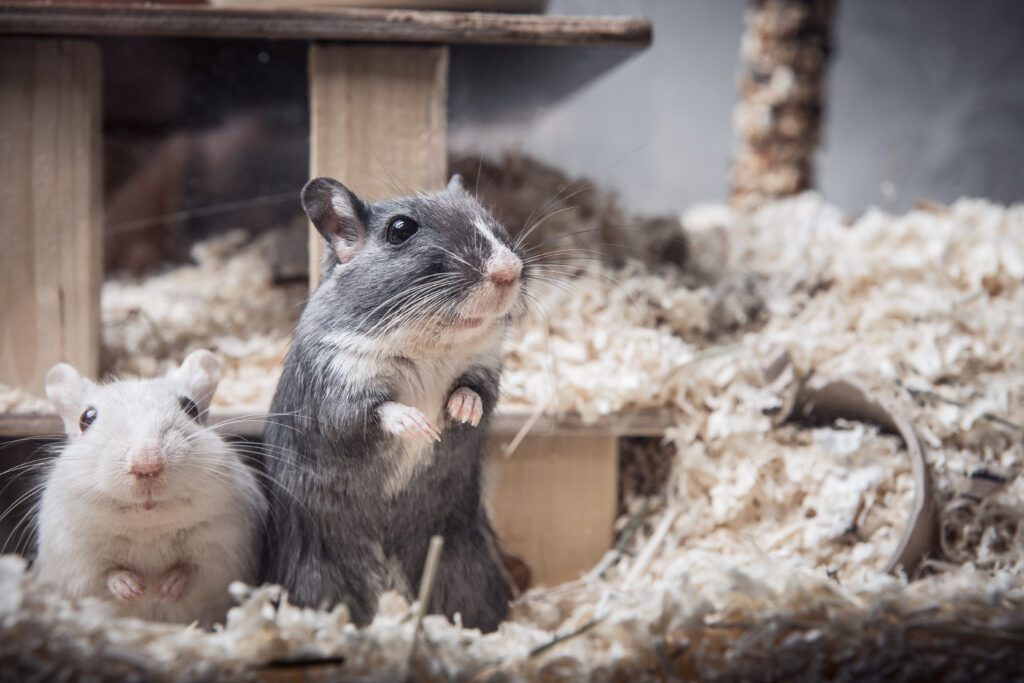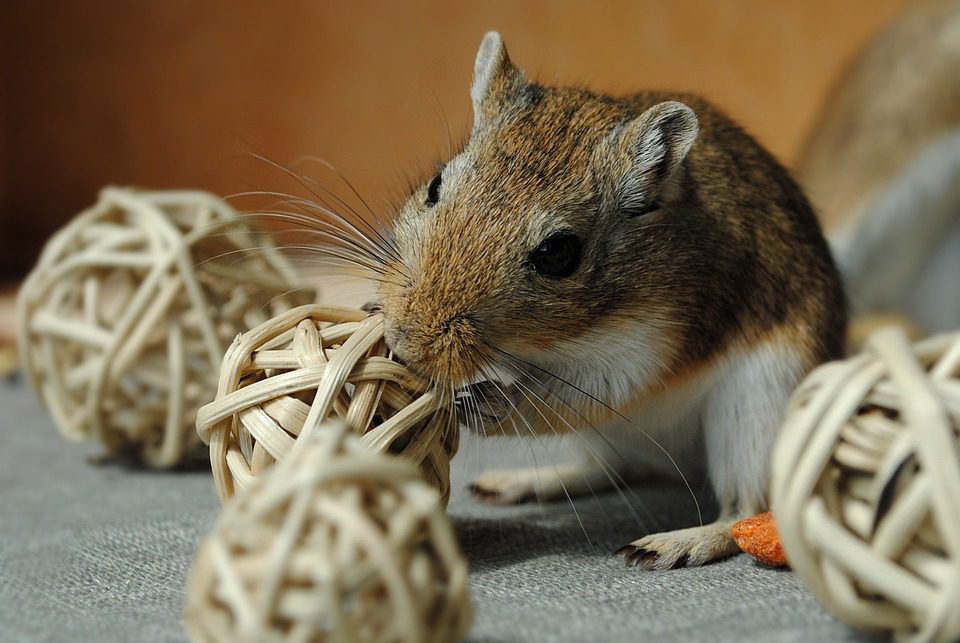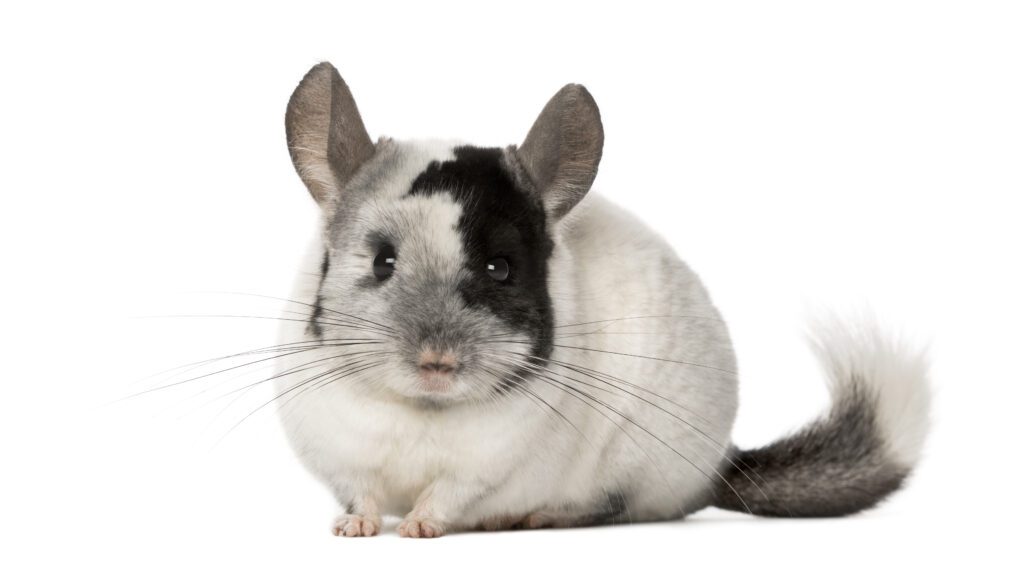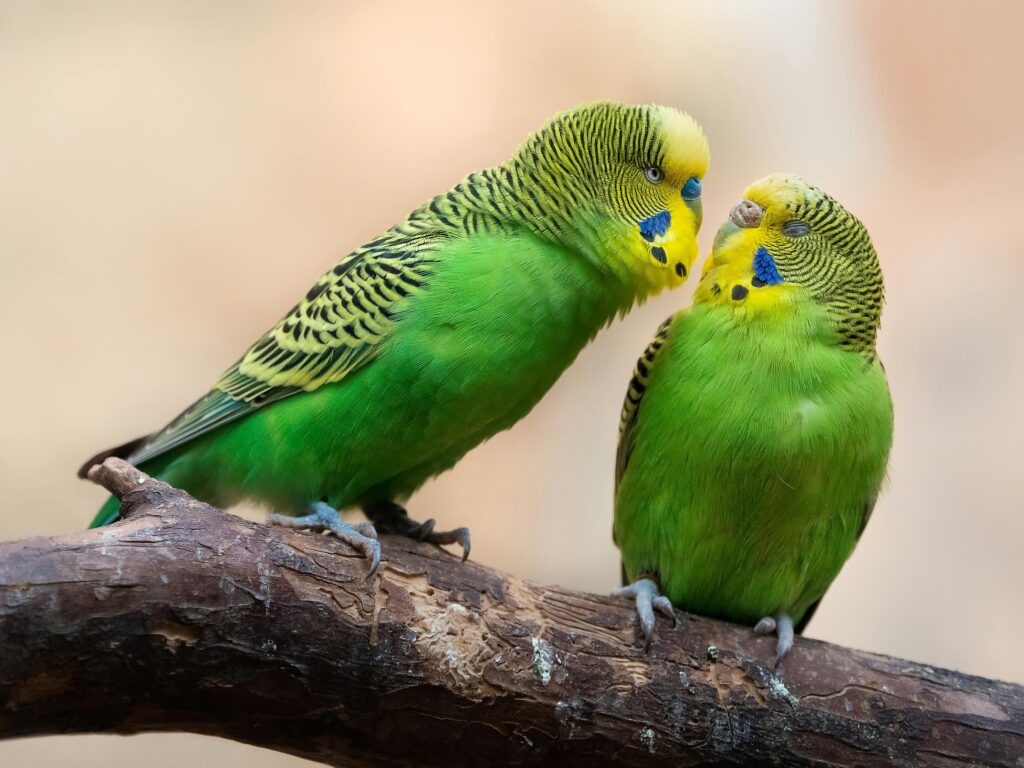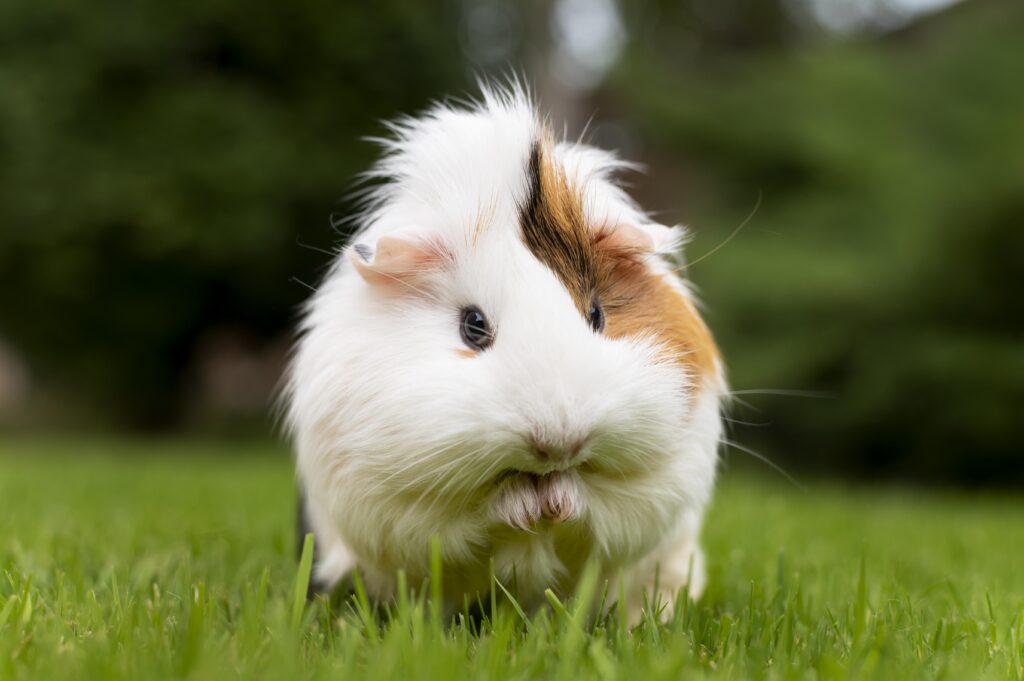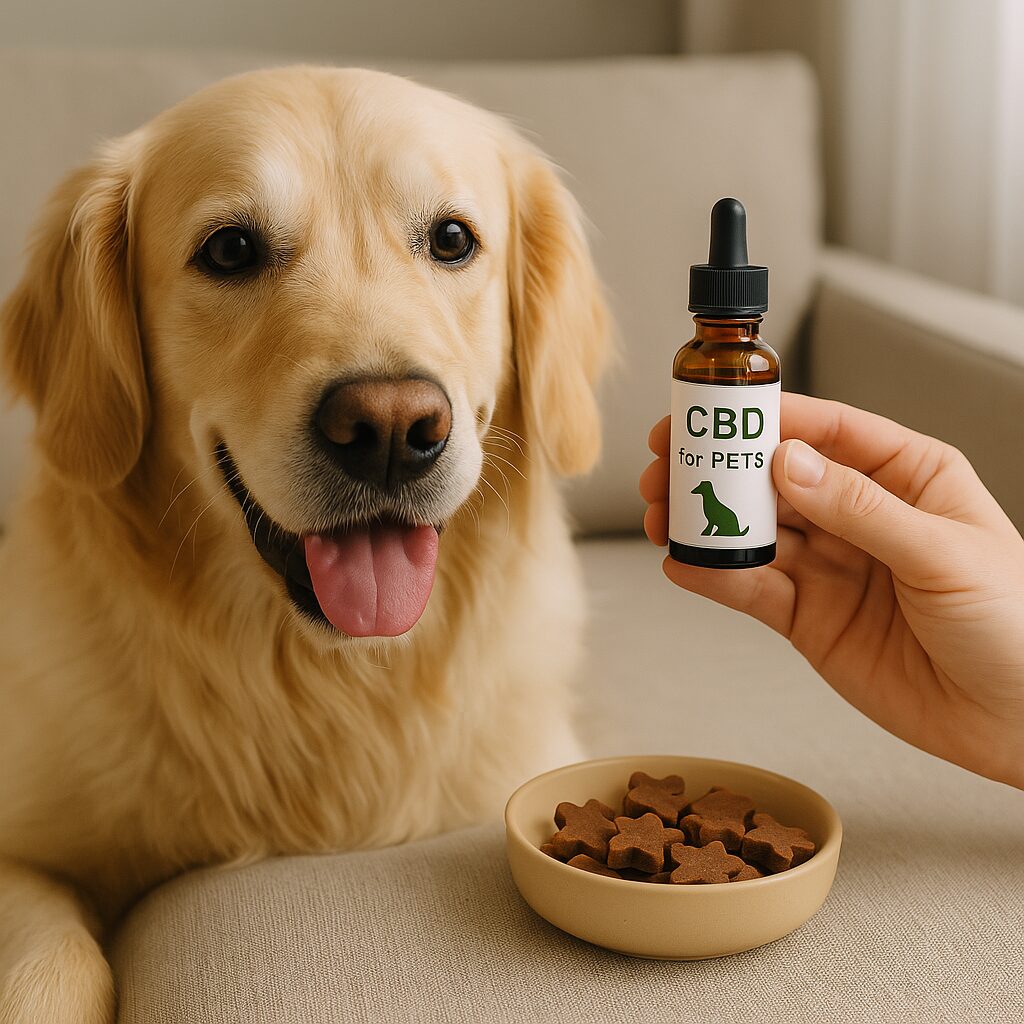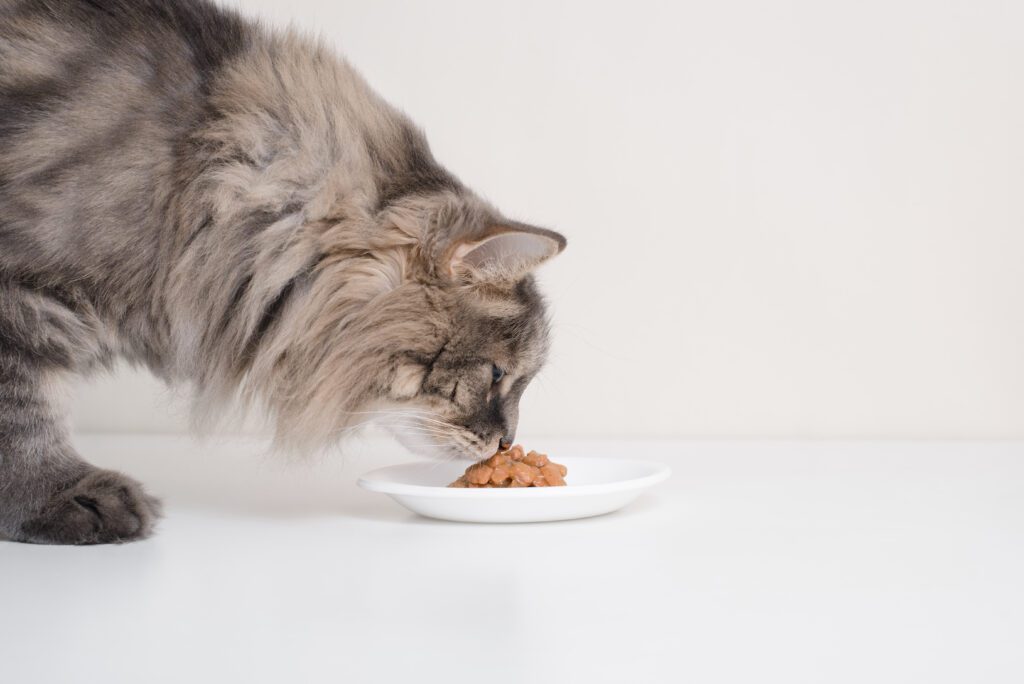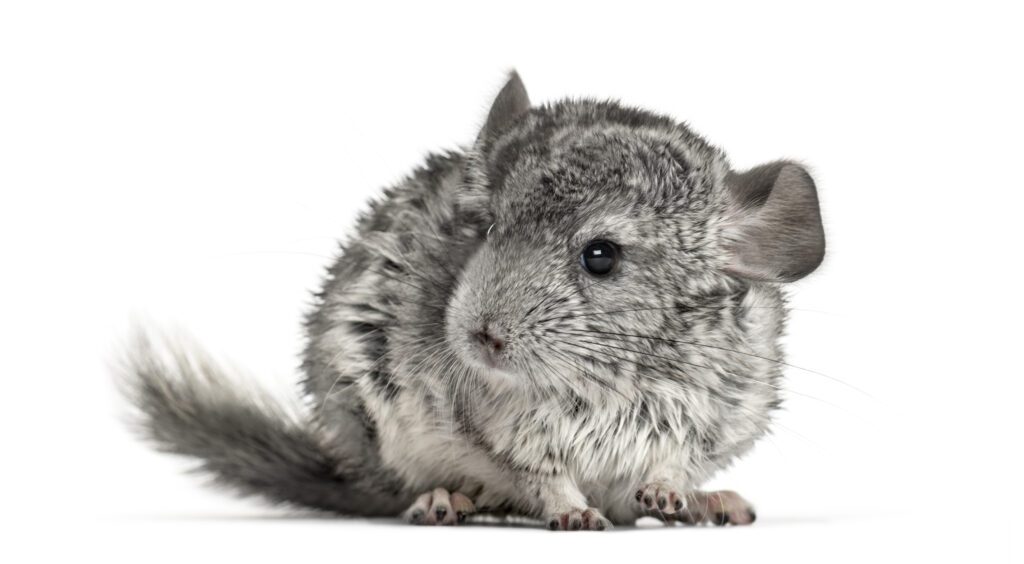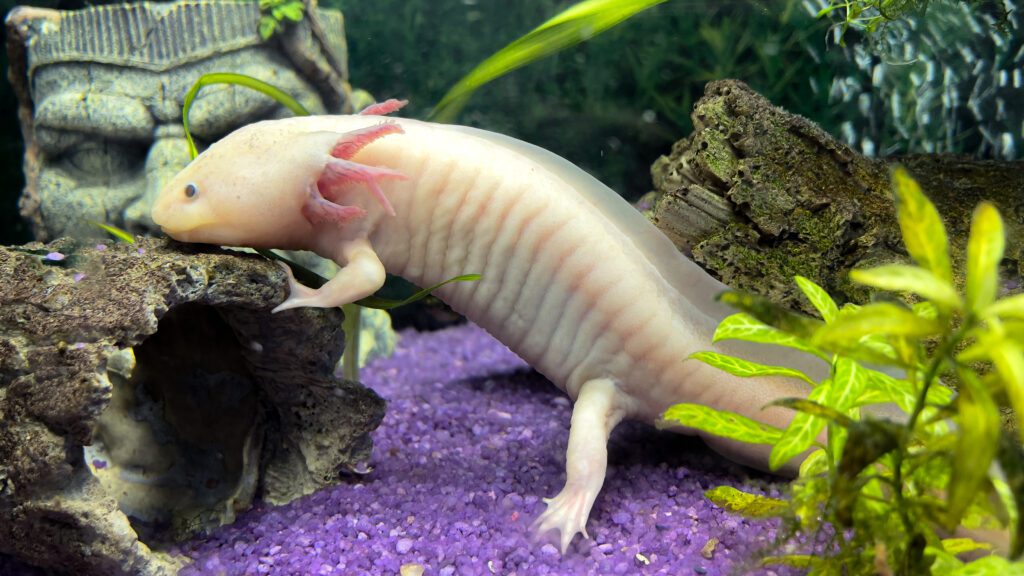
TOPICS COVERED
ToggleCreating the Ultimate Axolotl Habitat
If you have recently taken an axolotl home or are thinking about getting one, you have already obviously already picked up on them being amazing animals to have around! Being known for their unique appearance and regenerative abilities axolotls make great pets for those into aquatic life. But proper care and conditions are needed by these delicate amphibians.
To have a happy and healthy axolotl you have to create the perfect environment. If you want to know to create the perfect tank setup for your axolotl then this guide will show you how to do just that.
Choosing the Right Tank
Tank Size Matters
I am convinced that size matters when it comes to picking your axolotl’s tank. You need at least 20 gallons for a single axolotl to have room to move about. With larger tanks, it is more stable in terms of water parameters and that is good for the environment. More space means your axolotl can explore, grow and is left happier with a little room to dig.
Opt for Long, Low Tanks
You’ll also want your axolotls to be able to swim in a horizontal direction: they aren’t just about the water volume. When you think long, low tanks are the best, they mimic their natural habitat giving lots of room to move around. However, tall tanks do not provide much space in the horizontal direction that axolotls can use to reach the surface.
Secure That Lid
And though axolotls aren’t renowned for being jumpers, they’re capable of a few shocks. Prevent any escape, with a secure lid. Check that the lid is fits properly so it allows adequate ventilation and the air exchange is healthy.
Water Quality Essentials
Temperature Control
Axolotls are very sensitive creatures who blossom in water cooler than average. For them, it’s important that the tank stays within the range of 60 to 68°F (16 to 20°C). At temperatures above 72°F (22°C), stress and even illness are possible. To keep this range, regular monitoring, with an aquarium thermometer, is necessary.
Perfecting the pH Balance
Not only does your axolotl’s tank water pH have a significant impact on its wellbeing, but also can it affect you. To imitate their natural environment a pH between 6.5 and 7.5 should be aimed for. It is important to test and adjust, as needed, to keep your axolotl content and happy.
The Nitrogen Cycle
In an axolotl tank it is important to maintain proper ammonia, nitrite and nitrate levels. Unmanaged these compounds can become toxic. Introducing your axolotl and testing water parameters over and over again using cycling the tank will help keep your tank stable and healthy.
Add a Water Conditioner and dechlorinate.
Chlorine and chloramine contained in tap water are extremely harmful to axolotls. Before you add the water to your tank, it needs to be dechlorinated using a water conditioner. This one simple step makes sure you’re keeping a safe and hospitable environment for your new aquatic friend.
Filtration System Selection
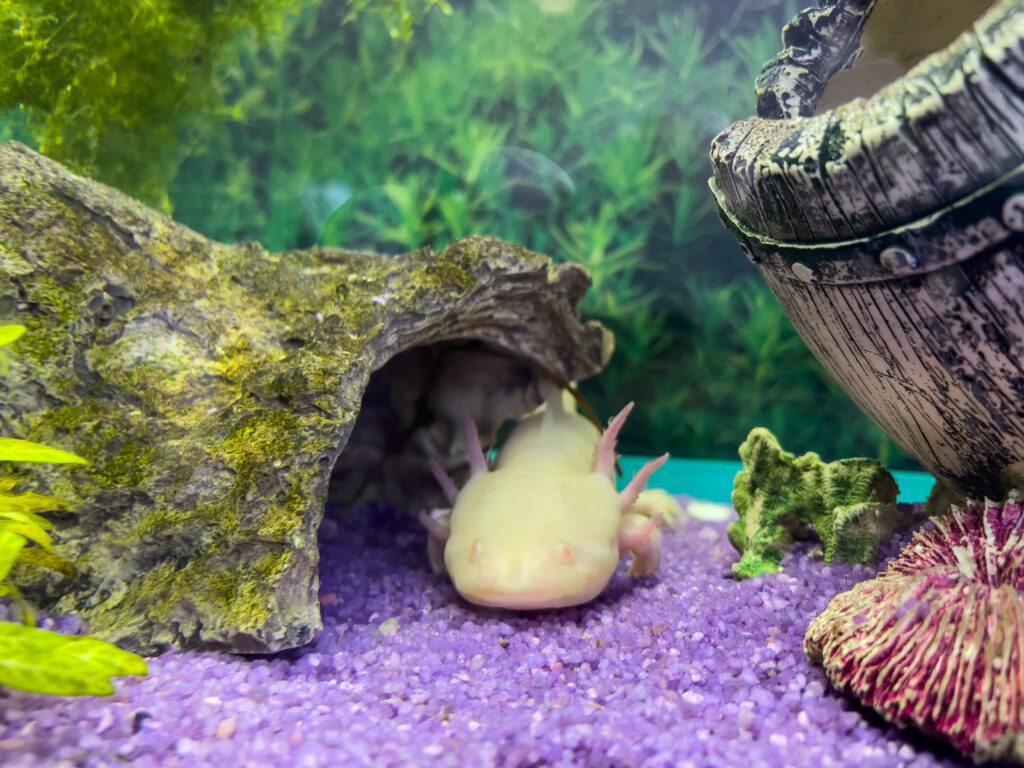
Types of Filters to Consider
There are bunch of filters available, and are of different type; choosing the right one is of vital importance for the tank to be clean and healthy. Because sponge filters have a gentle water flow and excellent biological filtration skills, they are one of the most popular options. And a good choice are also hang on back filters, as they provide both mechanical and biological filtration.
Managing Water Flow
Axolotls like quiet waters and it is important not to exceed low water flow rates in their tank. This is very stressful and not very comfortable. Make sure your filter has a smooth flow and won’t disturb your axolotl.
Biological filtration has a Role.
Maintaining a stable environment is important from the biological filtration to ensure that there is no water problems. Helpful bacteria break down harmful things and let the water stay clean and safe. A healthy axolotl tank requires a well established biological filter.
Selecting Substrate
Exploring Substrate Options
There are a few options when it comes to substrate. They are easy to clean, will have no dummy risk of ingestion, but they can lack aesthetic appeal. The popsicle holds a special spot in my heart and I highly recommend it, but sand is a great alternative, and it even has a natural look and feel that isn’t toxic to your axolotls.
Avoiding Gravel Hazards
Anything gravel should be avoided at all costs. Gravel can be an accidental ingestion not only with your axolotls, but it can result in impaction and serious health consequences. Instead, stick to larger substrates or sand to avoid these things.
Tips for a Clean Substrate
Maintaining water quality depends also on keeping your substrate clean. Vacuum the substrate regularly, and to keep it waste free, perform partial water changes as needed.
Adding Decor and Hiding Spots
Creating Cozy Hiding Places
Axolotls need a lot of places to hide to retreat and relax. It might also be a good idea to add caves, PVC pipes, or other hideouts of their own to add a sense of security. These hiding places relieve stress and promote natural behaviour.
Safe Aquarium Plant Choices
Live plants add to the superficial well being of the tank and also to its water quality. Only choose axolotl safe plants like java fern or anubias. Some people choose artificial plants as well but make sure that the pieces are not sharp so as to avoid injury.
Avoiding Sharp Decor
Smooth and without sharp edges are the appropriate material for decorative pieces such as rocks and ornaments. Connect’s delicate skin can easily get injured. Choose tank decor with safety in mind.
Lighting and Day/Night Cycles
Axolotl Lighting Preferences
Axolotls are sensitive to light and extremely sensitive to light, which means they really prefer low light. It’s best to have minimal lighting because bright lights can cause stress. A great option is LED lights, these provide great lighting without the heat they created.
Choosing Appropriate Lighting
Another benefit of LED lighting is its energy efficiency as well as the ability to adjust the brightness. You can look for lights that imitate natural light to ensure that your axolotl is always comfortable.
Establishing a Light Schedule
Proper regulating forREGULAR day the behavior of your axolotl is regulated on a healt isregulated healt h. Try to get 10 – 12 hours of light and then an evening of darkness. This can be automated by them and can be done with timers, so you have a certain routine that it has to follow.
Feeding and Tank setup:
Axolotl dietary needs knowledge
Your axolotl has to have a balanced diet. Axolotls readily accept and will eat earthworms and bloodworms. Do not feed them anything too large, or too hard to swallow.
Determining Feeding Frequency
As adults, axolotls should be fed 2-3 times a week; younger specimens can be fed more often. A young axololtl will require more frequent feeding, and an adult less often. Watch their weight, and tweak the feeding.
Considerations for Tankmates
Axolotls are best kept alone. They are not aggressive toward other fish and therefore can attack or even eat other smaller tankmates. It’s best to keep your solitary axolotl in their own environment so they and everyone else can remain safe.
Maintaining a Clean Tank
Routine Water Changes
And water changes have to become regular as they help to keep the water quality balanced and avoid the gathering of harmful substances. Try to change 20-30% of the water per week (based on the tank’s condition).
Effective Cleaning Methods
Gravel vacuum for substrate cleaning and debris removal or use a siphon. It is suggested that the wall of the tank is cleaned with a sponge or scraper and the filter is kept reasonable.
Monitoring Tank Health
Watch carefully for changes in how your axolotl behaves and looks. Healthy signs of a tank include clear water, active axolotls and consistent water parameters. Fix any problems right away to avoid them becoming a problem later on.
Conclusion
More goes into getting the perfect axolotl tank than water and decor. If you know your axolotl needs and preferrences, than you can provide him an environment for his health and joie de vivre. A well maintained tank can give you a taste of the wonderful world these creatures live in and yet never be burdened by keeping them.
If you have any questions don’t hesitate to ask, or if you’d like to share your own axolotl setup, don’t hesitate to leave a comment! Learn more in our related blog posts regarding more axolotl care tips and resources or check out our comprehensive tank setup checklist. Happy axolotl keeping!
FAQ
Can you keep two Axolotls together?
Sure, you can house two axolotls together, but they’ll need a larger tank—in the ballpark of 40 gallons—and more room is always more beneficial, but not necessarily necessary. It’s a good idea to watch for aggression and separate the dogs if needed.
How Do I Manage High Water Temperatures?
If your tank gets too warm, then run a fan or chiller to cool down temperatures. Some owners even use fans or air conditioning to help keep the room cool, as well as avoid direct sunlight helping to form a suitable environment.
If a Axolotl Eat gravel, what should I Do?
However, if your axolotl eats the gravel then you should immediately remove it from the tank so it won’t cause further incidents. If you see signs of impaction like loss of appetite or bloating you should see a veterinarian as soon as possible.
When Do You Stop Cycling Your Tank Before Adding an Axolotl?
It is very important to cycle your tank in order to have that stable environment. Give 4-6 weeks for the nitrogen cycle to finish and test for ammonia, nitrite and nitrate before putting your axolotl in.
Do I Need a Heater for an Axolotl?
Cooler water is what axolotls thrive in, and typically a heater isn’t needed. But if the ambient temperature falls too low, bring in a heater to keep temps in the desired range of 60 ° to 68°F (16 °to 20 °).
When Should the Filter Be Cleaned?
Monthlу, clean your filter with tank wаter. It preserves beneficial bacteria and maintains the beneficial balances of the biological treatment instead of disrupting it.

